Experience the OCT difference.
Request your Abbott Sales rep today.
OCT reduced procedural complications1:
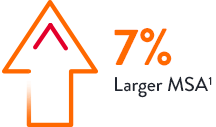
Stent expansion impacts outcomes. Achieving optimal stent expansion (MSA area ≥ 90%) is proven to reduce rates of adverse cardiac events.3 Stent underexpansion is an indicator of adverse events, such as stent thrombosis and restenosis.3
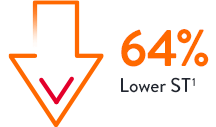
Stent thrombosis is a severe PCI complication that can lead to death or myocardial infarction.5
OCT-guided PCI reduced MACE by 28% compared to angiography2
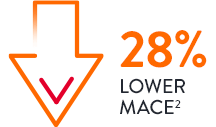
OCT-guided PCI demonstrated comparable results to IVUS-guided PCI in TVF at 1 year.6
Routine use of intravascular imaging to guide PCI is superior to angiography and has shown to improve patient outcomes consistently in the network meta-analysis from 22 RCTs and 15,964 patients.7
Imaging guidance leads to lower risk of adverse events across efficacy and safety endpoints.7 Imaging guidance has shown a significant reduction in all-cause death (45%) and all-cause MI (25%).
45% Cardiac death
18% TV-MI
28% TLR
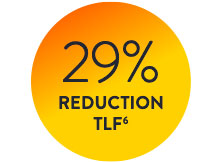
48% Reduction ST
25% Reduction all cause mortality
17% Reduction MI

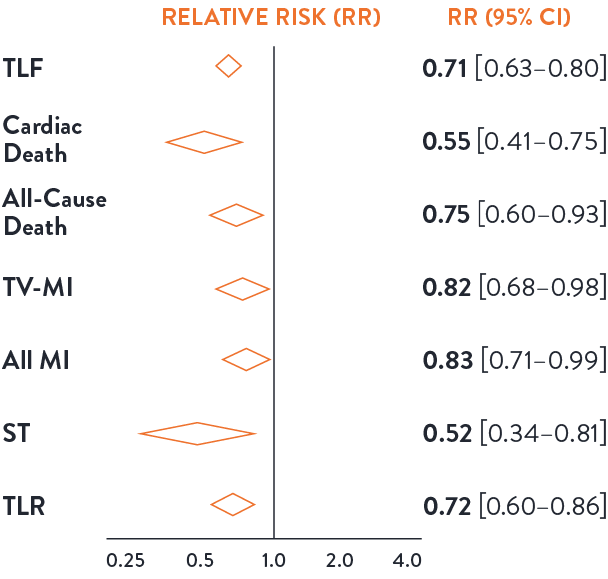
OCT-guided PCI demonstrated 24% reduction in TLF, 39% reduction in Cardiac Death and 53% reduction in definite and probable stent thrombosis, as demonstrated in the LANCET Network Meta-Analysis7
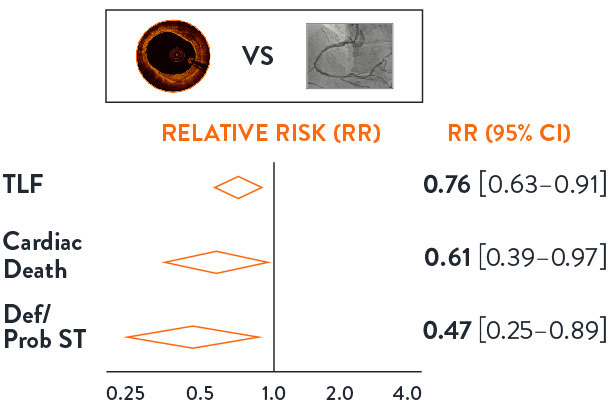
Watch Dr. Alasnag review all imaging clinical data presented at the European Society of Cardiology (ESC) 2023.
Intravascular imaging data from over 15,000 patients solidifies the notion that intravascular imaging (IVI) should be the gold standard of care for better patient outcomes.
OCT-guided PCI vs. angio-guided PCI in complex cases
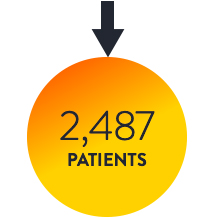
OCT-guided PCI vs. angio-guided PCI in bifurcations
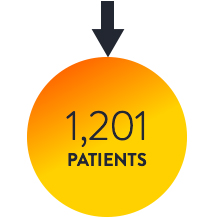
OCT-guided PCI vs. IVUS-guided PCI
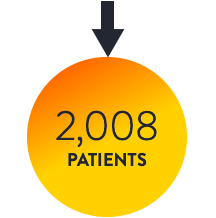
OCT-guided PCI vs. IVUS-guided PCI vs. angio alone
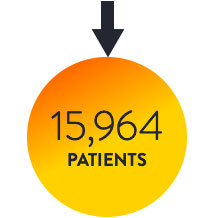


MAT-2310266 v2.0
You are about to enter an Abbott country- or region-specific website.
Please be aware that the website you have requested is intended for the residents of a particular country or countries, as noted on that site. As a result, the site may contain information on pharmaceuticals, medical devices and other products or uses of those products that are not approved in other countries or regions
Do you wish to continue and enter this website?
MAT-2305078 v1.0